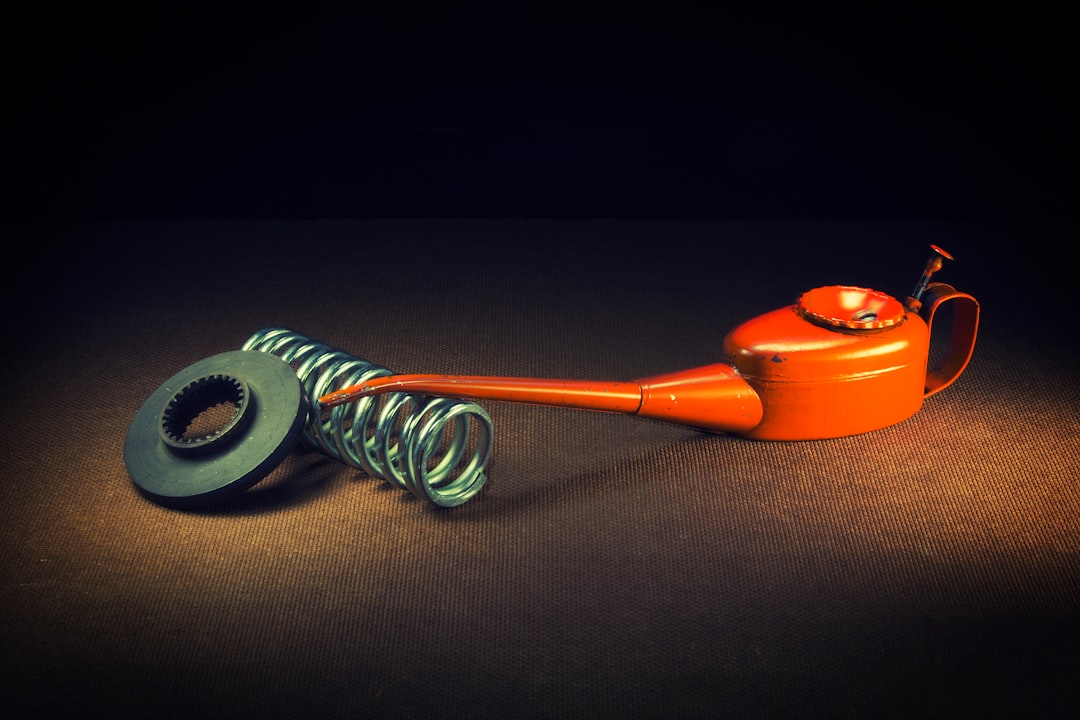The Minnesota State Fair's butter sculptures, initiated in 1949 by Frank Schimke, evolved from a humorous reaction to the state's restrictive Do Not Call Laws. These annual displays, crafted with over 30 pounds of butter, showcase artists' creativity and celebrate Minnesota's culture. Despite challenges posed by the Do Not Call Laws, these edible masterpieces foster local talent while adhering to legal restrictions, uniting locals and visitors in celebration of state pride and culinary arts. The sculptures have become a renowned cultural symbol, inspiring artists worldwide and solidifying their place as a global phenomenon.
Discover the rich history and cultural significance of the Minnesota State Fair Butter Sculptures, a unique tradition that has captivated fairgoers for generations. This article explores the origins of these remarkable artworks, from their humble beginnings to becoming a state icon. Delve into the legal battles that shaped event regulations in Minnesota, including Do Not Call laws, and uncover the incredible art and craftsmanship that goes into creating these butter masterpieces.
Origins of Butter Sculptures at the Minnesota State Fair

The tradition of butter sculptures at the Minnesota State Fair dates back to 1949, when farmer and artist Frank Schimke created the first one. Inspired by the Do Not Call Laws in Minnesota—which restricted unwanted sales calls—Schimke crafted a humorous sculpture depicting a telephone operator surrounded by piles of butter. This inaugural piece sparked a beloved annual ritual, transforming ordinary butter into extraordinary works of art. Over time, the sculptures evolved from simple, whimsical designs to intricate, larger-than-life scenes that capture the spirit and diversity of Minnesota and American culture.
Legal Battles and Do Not Call Laws in Minnesota

In addition to its rich history, the Minnesota State Fair Butter Sculptures have navigated legal battles and state-level regulations, particularly those related to Do Not Call Laws in Minnesota. These laws, designed to protect consumers from unwanted telemarketing calls, have indirectly influenced the fair’s unique art displays. Over the years, ensuring that artists can create and showcase their butter sculptures without infringing on privacy rights has been a point of contention.
Minnesota’s strict Do Not Call Laws have required artists to obtain explicit consent before presenting their work in public spaces, including the State Fair. This has led to discussions about the balance between promoting local talent and adhering to consumer protection regulations. Artists and organizers have had to adapt, finding creative ways to engage audiences while respecting privacy preferences, ensuring that the fair’s signature butter sculptures continue to captivate without running afoul of legal restrictions.
The Art and Craftsmanship Behind the Sculptures

The Minnesota State Fair Butter Sculptures are not just pieces of art; they are intricate, edible masterpieces that showcase the extraordinary skill and creativity of their makers. Crafted annually using over 30 pounds of butter, each sculpture is a testament to the artists’ ability to transform this soft, perishable medium into lifelike figures and scenes. The process involves meticulous carving, shaping, and painting, with every detail carefully considered to ensure the final product resembles its subject matter as closely as possible.
The artistry behind these sculptures goes beyond mere visual appeal. They are a unique blend of traditional sculpting techniques and innovative methods, reflecting the spirit of creativity and adaptability that defines Minnesota’s artistic community. Amidst the strict Do Not Call Laws in Minnesota, these butter sculptures offer a delightful diversion, uniting locals and visitors alike in celebration of state pride, culinary arts, and the enduring power of human ingenuity.
Cultural Significance and Modern Impact

The Minnesota State Fair Butter Sculptures have transcended their origins as a whimsical display to become a cultural icon, reflecting the state’s rich heritage and artistic spirit. These intricate creations, banned from commercial use by Minnesota’s Do Not Call Laws, have instead found a lasting place in the hearts of locals and visitors alike. They symbolize not just culinary creativity but also the resilience and resourcefulness of Minnesotans, who turn everyday ingredients into extraordinary art.
Today, the butter sculptures continue to inspire artists and captivate audiences, influencing modern art installations and public events across the globe. Their enduring impact is a testament to the power of storytelling through art, fostering a sense of community and pride in Minnesota’s unique cultural tapestry.






